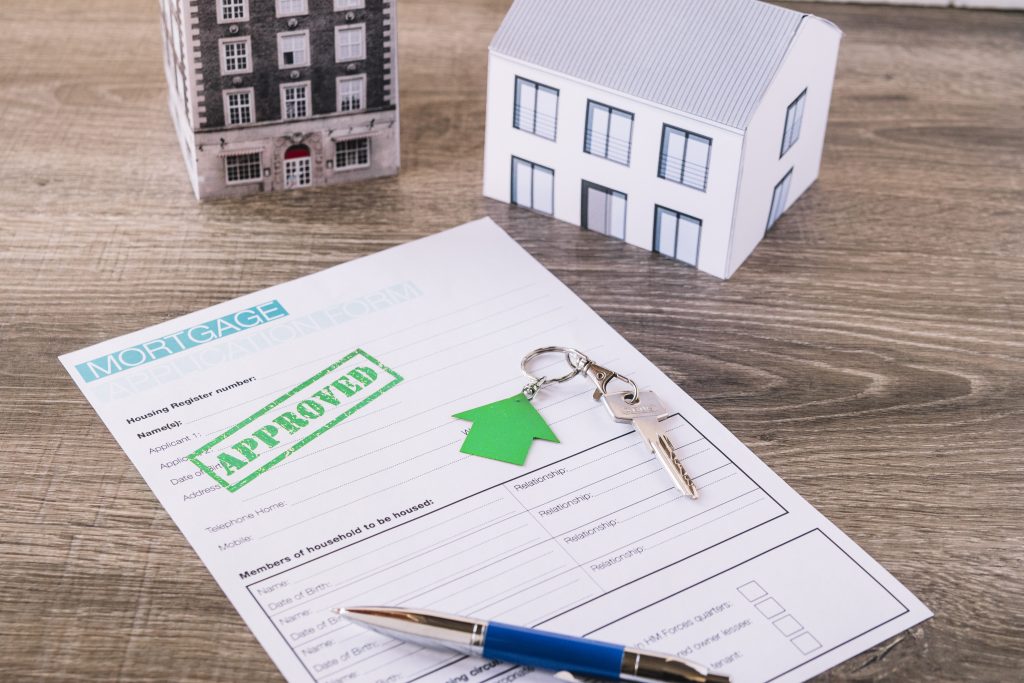Most people use a mortgage to buy a house, which requires a down payment and borrowed money. The two main types of mortgages are fixed-rate and adjustable-rate. The best choice depends on factors such as your comfort with changing rates and how long you plan to live in the home. A fixed-rate mortgage is better if you prefer stability, while an adjustable-rate mortgage is a good choice if you plan to move before the fixed-rate period ends. This guide will explain the main types of mortgages, and how to choose the best one for you.
Fixed-Rate Mortgages
A fixed-rate mortgage has a constant interest rate for the length of the loan, usually 15, 20, or 30 years. Fixed-rate mortgages come in various forms, including:
- Conventional mortgage: The most common type, requiring good credit (usually 620 or higher) and a down payment as low as 3%. However, down payments below 20% require private mortgage insurance (PMI).
- Federal Housing Authority (FHA) loan: Easier to qualify for, with lower credit and down payment requirements. They also permit higher debt-to-income ratios but may have higher closing costs and monthly payments due to the PMI requirement.
- Veterans Administration (VA) loan: Designed for U.S. military veterans, service members, and select military spouses. You may be able to purchase a home with no down payment.
- U.S. Department of Agriculture (USDA) rural housing loan: Available to low-to-moderate income individuals and families living in rural and outlying metropolitan areas.
- Portfolio/Non-Conforming Loans: These loans feature higher interest rates but more lenient requirements, making them suitable for those with lower credit scores.
Adjustable-Rate Mortgages (ARMs)
An adjustable-rate mortgage starts with a fixed interest rate for a certain period, then changes based on market rates. The main types of adjustable-rate mortgages (ARMs) are:
- Traditional ARM: Interest rates start lower than fixed-rate mortgages, but they can increase after a certain period or stay the same, based on a specific index.
- Hybrid ARM: A mix between fixed and adjustable rates. Examples include:
- 3/1 ARM: Fixed rate for the first 3 years, then adjusts annually.
- 5/1 ARM: Fixed rate for the first 5 years, then adjusts annually.
- 7/1 ARM: Fixed rate for the first 7 years, then adjusts annually.
- 10/1 ARM: Fixed rate for the first 10 years, then adjusts annually.
- Interest-Only ARM: Borrowers pay only the interest for a specific period, after which they start paying both principal and interest. This can mean lower initial payments but a higher balance later on.
- Payment-Option ARM: Borrowers have multiple payment options, such as interest-only or a minimum payment that might be less than the interest. This can lead to “negative amortization,” where the loan balance grows instead of shrinking.
- Cash Flow ARM: Less common, allows borrowers to defer some interest payments and add them to the loan balance.
Obtaining a home mortgage is a significant commitment. That’s why it’s crucial to thoroughly research your options and seek advice from lenders. By understanding the different types of mortgages and considering your financial situation, you can make a confident, informed decision about which mortgage best suits your needs. Remember, the right mortgage is a cornerstone to financial security and a successful homeownership experience.




